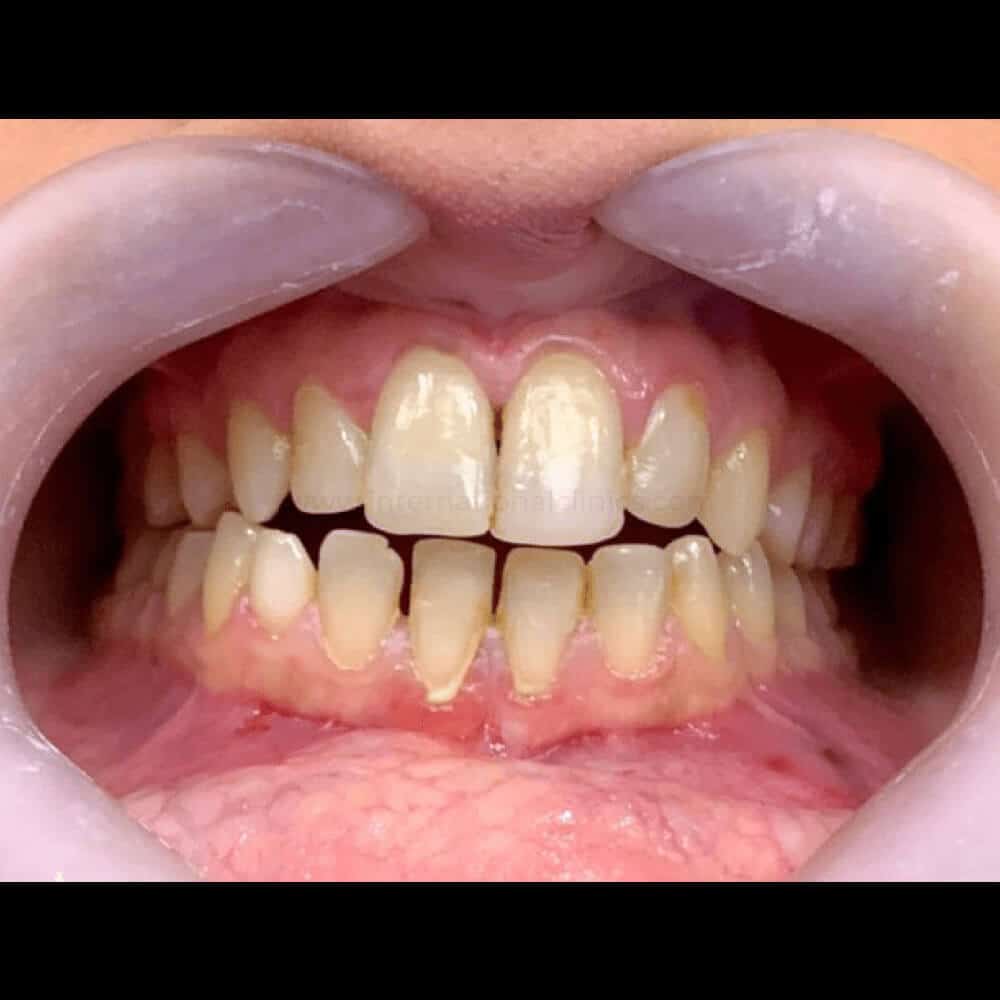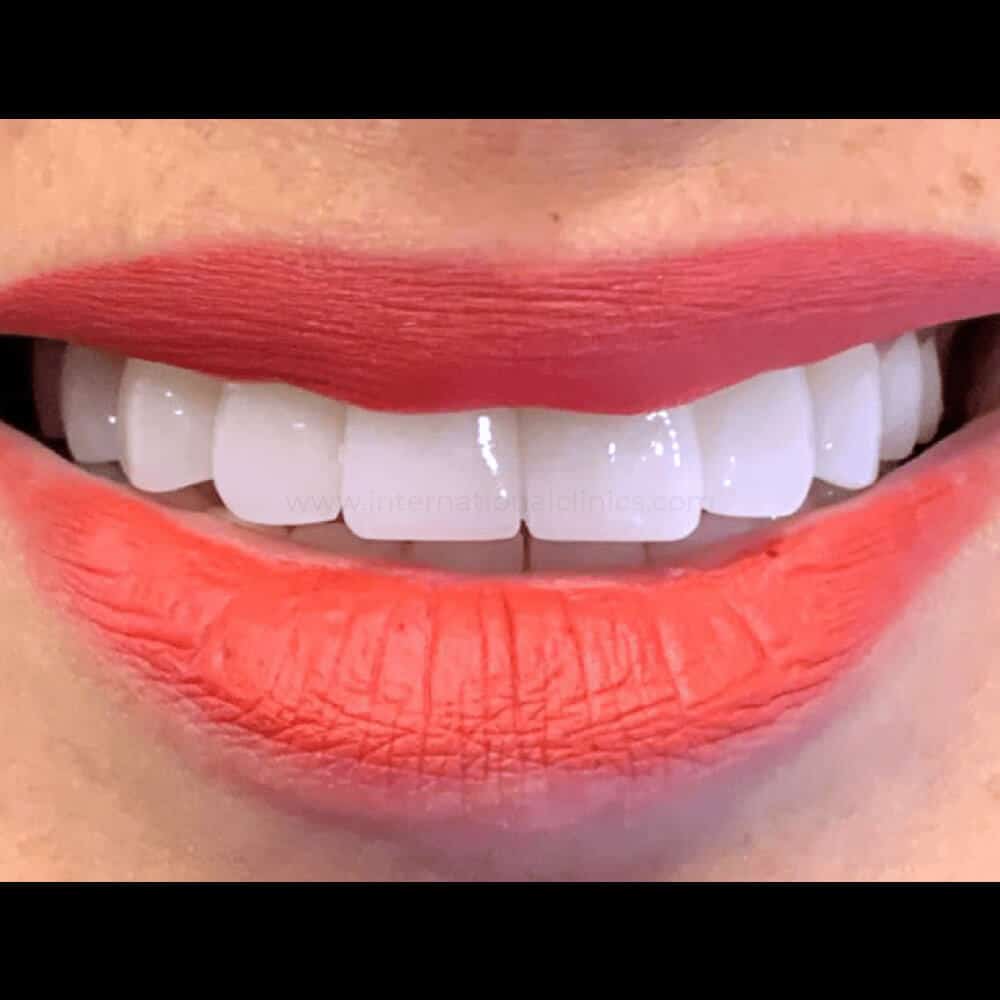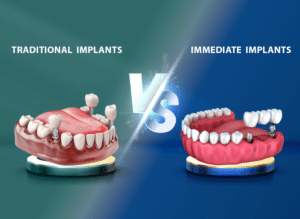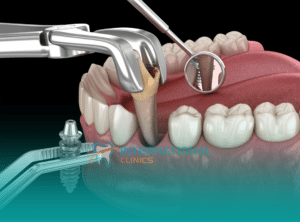Periodontal Pocket Surgery
Explainer Video
Would you like to check up on your condition and learn more about Periodontal Pocket Surgery?
Overview of Periodontal Pocket Surgery
Anesthesia
Local
Duration
1-2 Weeks
Work Leave
1-2 Weeks
Complete Recovery
Multiple Days
Success Rate
99%
Number of Stages
3 Stages
Materials Used
Teeth Shells
What Is Periodontal Pocket Surgery?
While the term "pocket reduction surgery" may initially seem daunting, it isn't as terrifying as it may appear. This surgical intervention, also known as "osseous surgery", is often conducted in the periodontist's office and is designed to be as patient-friendly as possible.
Periodontal disease, a largely overlooked oral health issue, can cause the formation of harmful pockets in the delicate space nestled between your tooth and gum.
These concealed pockets provide a haven for plaque build-up, necessitating prompt and effective treatment. Unfortunately, there are instances when non-invasive interventions fail to yield desired results, making surgery an essential recourse.
Pocket reduction surgery is becoming increasingly pleasant and more comfortable than ever before. The purpose of the surgery lies in its aim to obliterate harmful bacteria lurking in the microscopic spaces between your gums and teeth.

During this surgical exercise, your periodontist carefully peels back the gum tissue, akin to turning a page in a book, exposing the disease-laden bacteria for removal. After purging these microbes, the tissue is then snugly secured back into place.
Why Choose Periodontal Pocket Surgery in Turkey?
Selecting Turkey as your destination for periodontal pocket surgery is a choice that can be backed by many compelling reasons.
Not only does this vibrant nation boast a renowned healthcare infrastructure, but it also offers a wide range of advantages that make it an attractive option for your dental care journey:
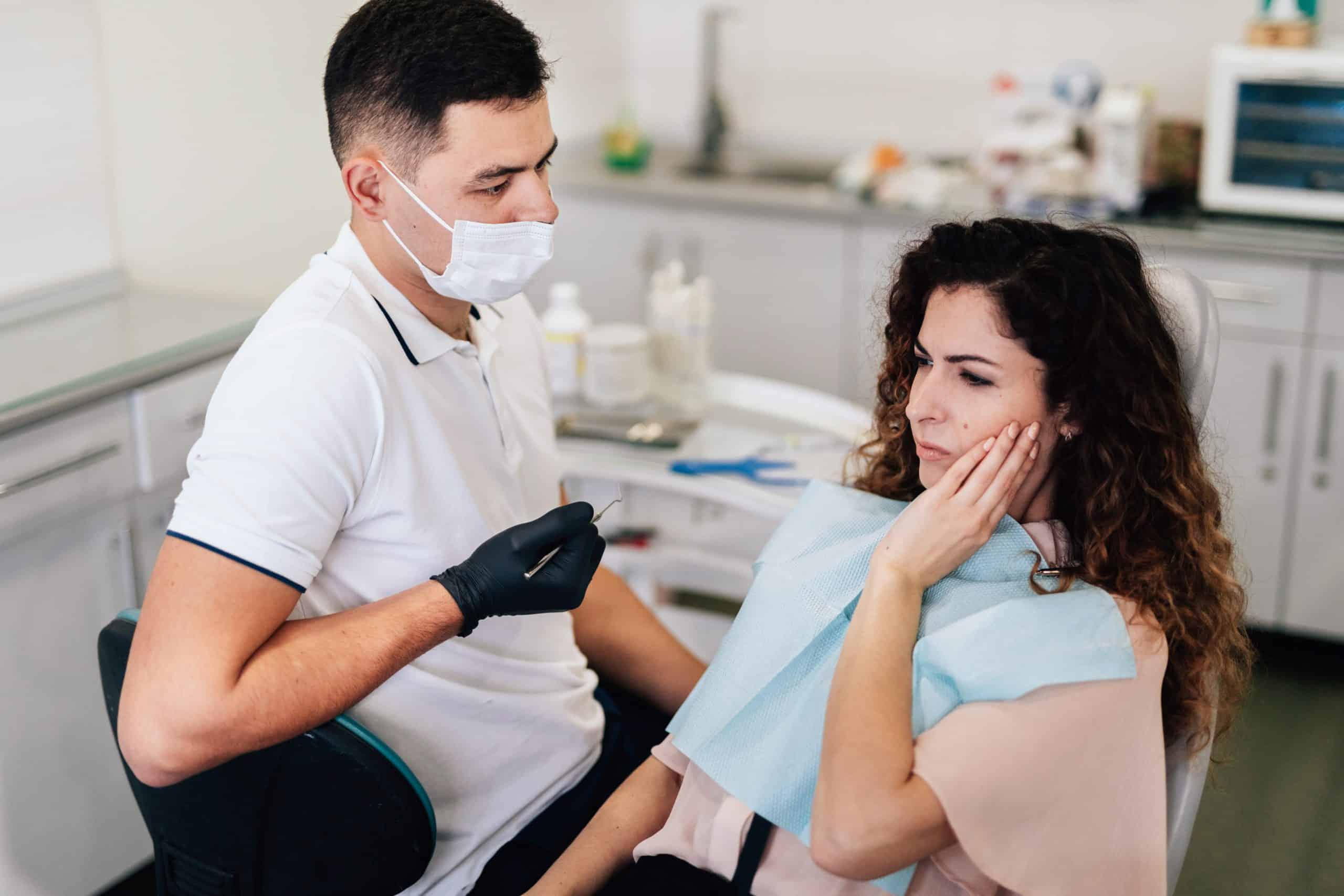
Affordable Cost
Despite the top-notch quality of dental care in Turkey, the costs of procedures like periodontal pocket surgery remain incredibly competitive. This affordability is a result of the country's economic condition and healthcare policies, which make dental care accessible to international patients.
Respected Clinics
Turkish medical infrastructure is a spectacle of modernity and efficiency. Many Turkish hospitals and clinics, such as International Clinics in Istanbul, are equipped with the latest technologies and innovations that global healthcare has to offer.
This ensures not just the availability of advanced procedures such as periodontal pocket surgery, but also the integration of the best practices in preoperative and postoperative care.
Experienced Dentists
It’s not always easy to find dental experts who have accumulated vast experience and knowledge over the years in periodontal pocket surgeries.
Thankfully, in Turkey, there are a lot of surgeons who have done thousands of similar procedures. Many of these practitioners have trained or worked abroad, bringing a global perspective to their local practice.
High Success Rates
Turkish dental clinics consistently deliver successful outcomes in periodontal surgeries. This high success rate stems from the effective combination of experienced practitioners, advanced technology, and well-established surgical protocols.
Cultural & Tourism Appeal
In Turkey, there are countless tourist attractions that you can discover and enjoy during your treatment period. In other words, having your procedure in Turkey offers an opportunity to combine your healthcare needs with a unique travel experience.
Contact Us
Benefits of Periodontal Pocket Surgery
The prime objective of periodontal pocket surgery is to diminish or obliterate the pockets created by gum disease. When gum disease is still in its initial stage and hasn't encroached on your jawbone or connective tissue, it's termed gingivitis.
Left untreated, however, this seemingly innocuous ailment can metamorphose into periodontitis, a more severe form of gum disease. Periodontitis harbors the potential to inflict significant damage to the bone that serves as the bedrock for your teeth.
If these pockets and the underlying gum disease remain inadequately treated, they can eventually culminate in the distressing event of tooth loss.
Periodontal pocket surgery steps in as a potent remedy in such scenarios. The benefits of this surgical procedure are manifold, including:
- Eradicating harmful oral bacteria: It aims to eliminate the malevolent bacteria thriving in your oral cavity that fuels gum disease.
- Reducing periodontal pocket size: This procedure aids in shrinking the size of the periodontal pockets encircling your teeth, thereby limiting the spaces in which bacteria can lurk.
- Boosting overall oral health: By targeting the root causes of gum disease, the surgery improves the overall health of your mouth, fostering a more robust oral ecosystem.
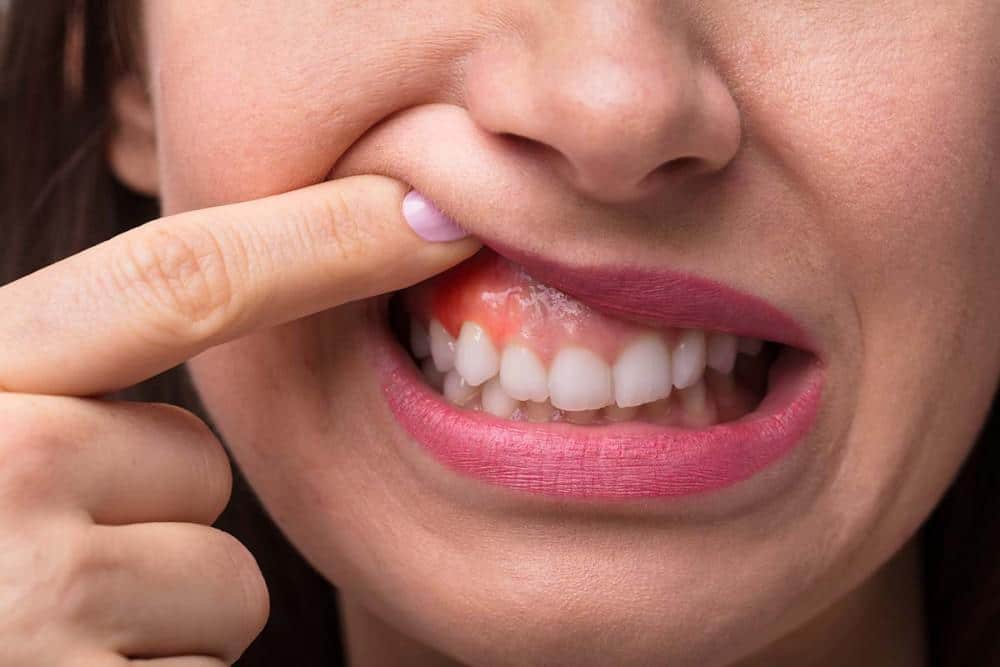
- Preventing plaque and bacterial reattachment: The surgery not only removes existing threats but also discourages plaque and bacteria from re-establishing their grip on your teeth roots.
- Lowering risks associated with gum disease: Surprisingly, the benefits extend beyond the mouth. By curbing gum disease, it also reduces your risk of systemic conditions linked to poor oral health, such as heart disease and stroke.
The Procedure of Periodontal Pocket Surgery
The procedure of pocket reduction procedure begins with a process known as flap surgery.
This procedure involves delicately separating the gum from the tooth, only to reattach it later in a new position. More often than not, osseous surgery is also a part of the intervention.
Your periodontist will probably navigate the following steps during your pocket reduction surgery:

1. anesthesia
To ensure your utmost comfort, the procedure kicks off with your periodontist administering a local anesthetic.
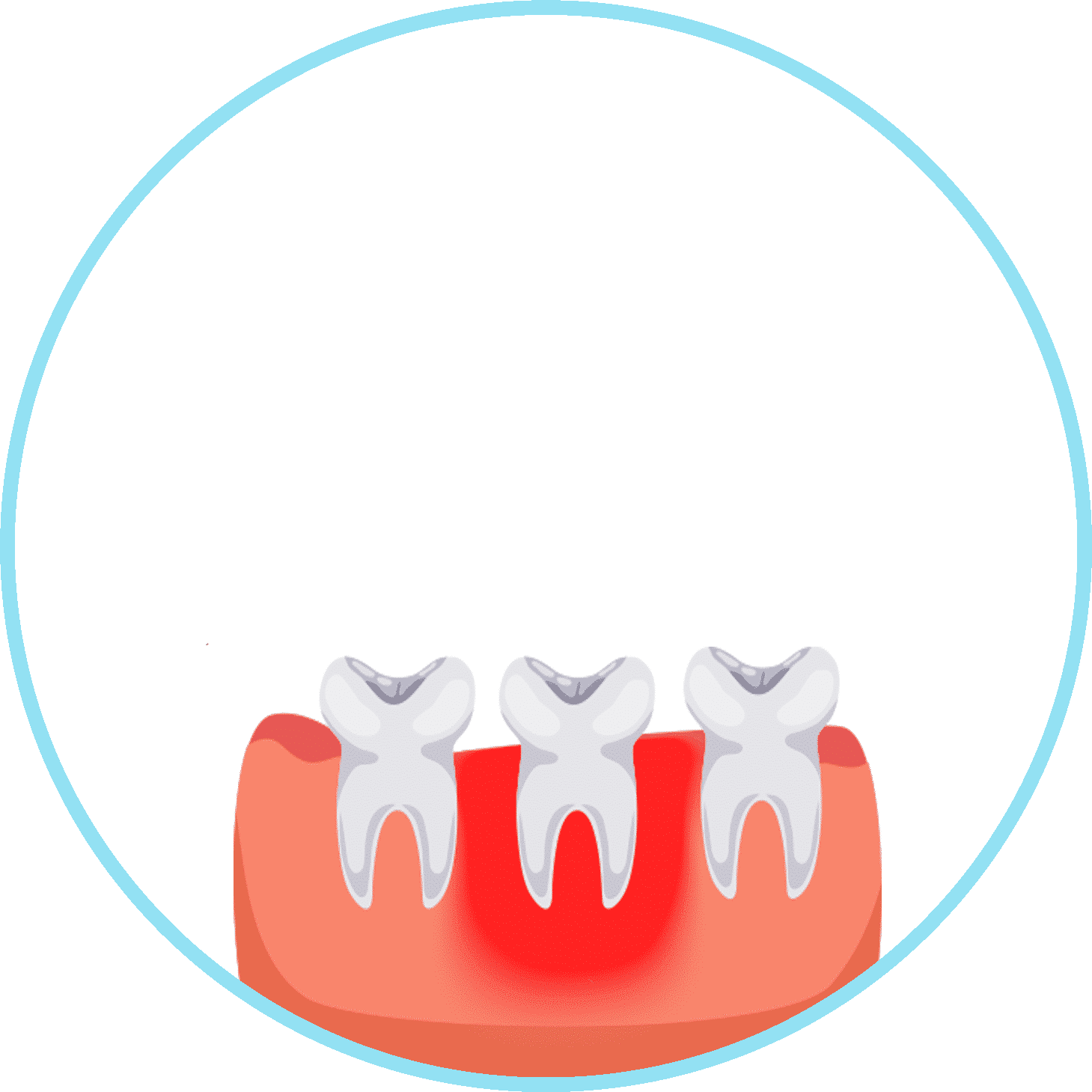
2. Exposure of plaque & tartar
Following anesthesia, your periodontist will cautiously retract the gum tissue, thereby exposing the underlying plaque and tartar buildup.
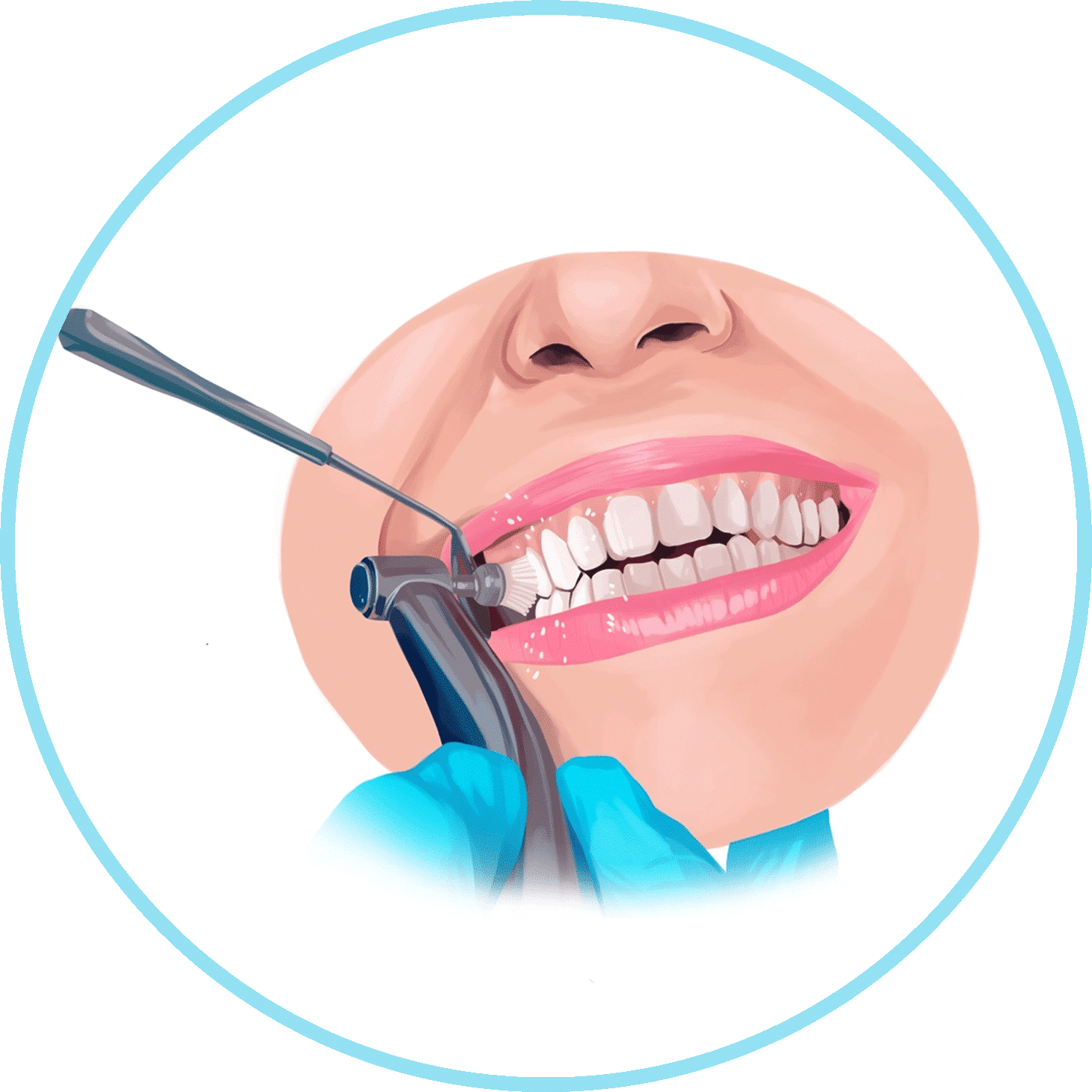
3. Removal of bacteria & diseased gum tissue
Now that the enemy is in plain sight, the periodontist proceeds to clean your tooth roots. They will purge not only the harmful bacteria but also any diseased gum tissue lingering around.
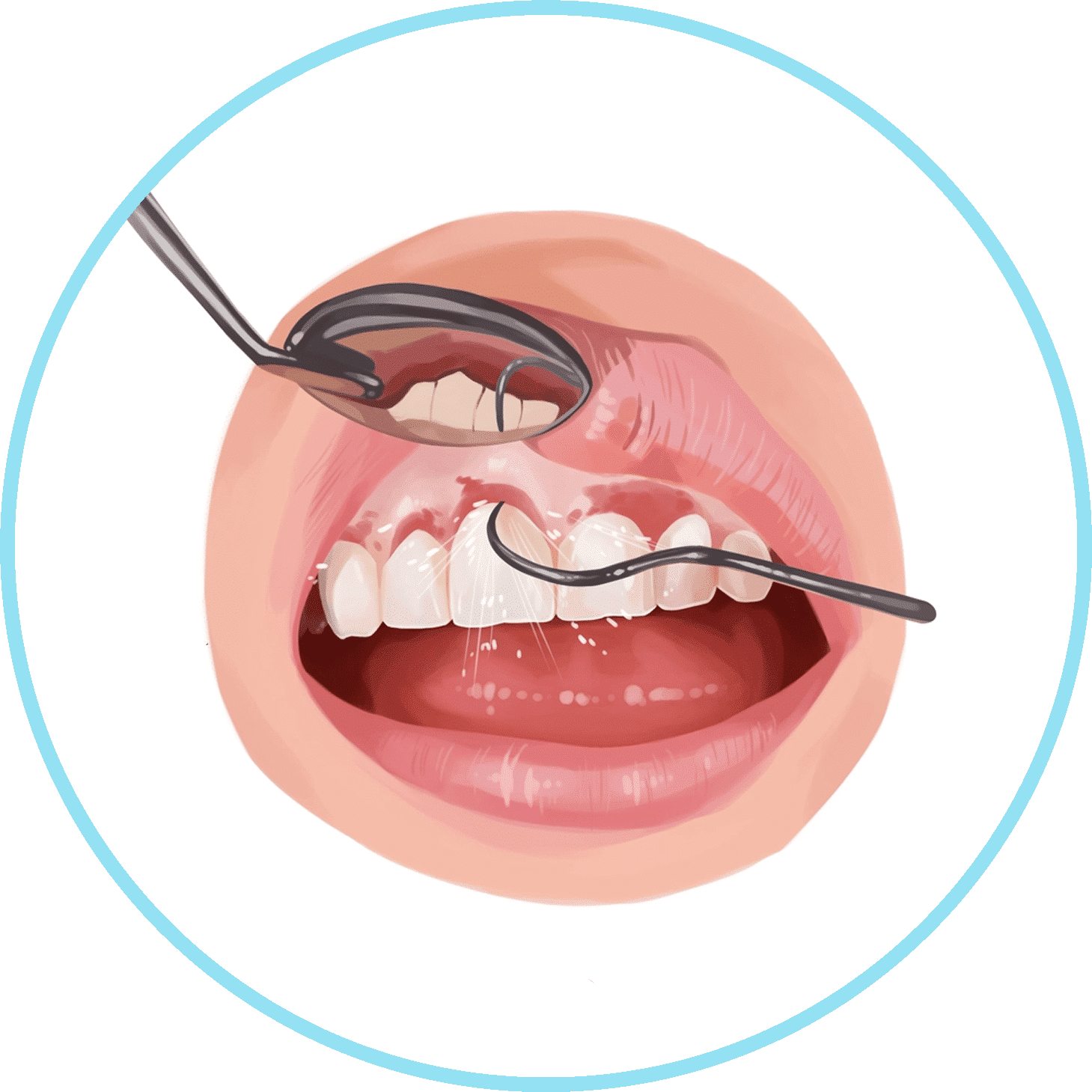
4. Smoothing or reshaping bone surfaces
After the cleansing process, there might be rough or irregular bone surfaces left behind. These could potentially serve as future bacterial hideouts. To prevent this, your periodontist may smooth or reshape these surfaces.
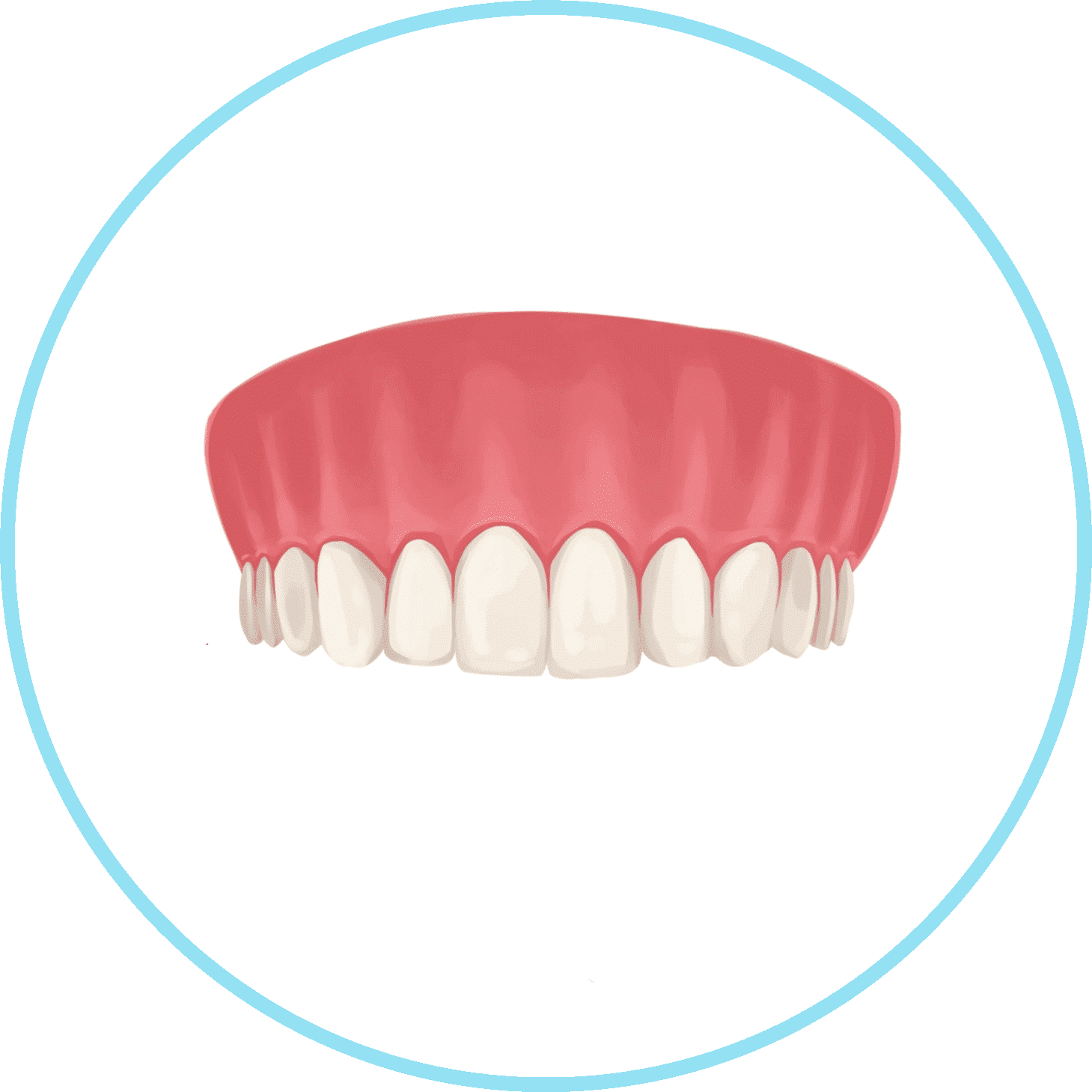
5. Suturing the gums
The final stage involves your periodontist suturing your gums in a manner that leads to a reduction in pocket depth. This prudent move helps the tissue reattach itself to the healthy bone and acts as a shield.
Recovery After Periodontal Pocket Surgery
If your pocket reduction surgery involves the administration of only local anesthesia, you'll be able to back to your home without assistance.
A window of 24 hours is usually sufficient to resume light activities but do expect to set aside a few days for the incision to fully mend.
After the procedure, your dentist will equip you with a comprehensive set of instructions to guide you through the recovery phase.
This will encompass advice on maintaining the cleanliness of the surgical site, things to steer clear of, and best practices for maintaining sound oral health. Here are some recovery tips:
- Cold compressions: A cold compress can be a simple yet effective tool in your recovery arsenal.
- Painkillers: If you experience persistent discomfort, your periodontist might provide you with a prescription for painkillers.
- Soft food diet: To facilitate the healing process, you might have to switch to a soft food diet for about two weeks.
- Bandage care: The treated areas of your mouth will be cloaked in a bandage that resembles pink chewing gum. It's vital to maintain it in place to protect the healing tissues.
- Oral rinses: Regular mouth rinses using either an antibacterial mouthwash or warm salt water might be necessary after the procedure.
- Anti-inflammatory medication: For the first 48 hours, you may need to take anti-inflammatory medications to manage any inflammation and to promote a smoother recovery.

Risks of Periodontal Pocket Surgery
The surgery generally boasts a high success rate in most cases. Boosting this rate even further is possible by adopting good dental hygiene practices, steering clear of tobacco, and adhering to your dentist's post-operative recommendations.
However, like any surgical procedure, periodontal pocket surgery carries with it certain risks. It's important to bear in mind that these potential side effects don't occur in every case, and when they do, they're typically manageable. Here's a roundup of these potential risks:
- Excessive bleeding
- Tooth sensitivity
- Gum recession
- Tooth loss
- Infection
Cost of Periodontal Pocket Surgery
Unlike other countries, the cost of periodontal pocket surgery in Turkey is very competitive as it ranges only between 150-500 US dollars. In countries such as the United States, the cost may reach up to 2000 US dollars. This certainly makes puts Turkey on the map as the cheapest destination for dental procedures.
How Can International Clinics Help You?
International Clinics helps international patients access affordable, high-quality medical and aesthetic procedures in Turkey. Our team of consultants is here to answer your questions and provide guidance throughout your treatment journey.
Our partner hospitals and clinics have successfully performed thousands of procedures for patients from Europe, Asia, North America, and the Middle East.
Use the contact forms on our website to request a free consultation with our team. We’re ready to help you get the care you need.

Frequently Asked Questions (FAQ)
You can eat soft or semi-solid foods after osseous surgery, such as pasta, mashed potatoes, custard, yogurt, and steamed vegetables. However, you must also avoid very hot or very cold foods, in addition to highly spicy or salty foods.
Osseous surgery isn’t painful, but it can lead to some discomfort, which can usually be managed using painkillers.
The entire procedure of osseous surgery takes a maximum of 1 hour. Surgeons often finish the procedure in only half an hour.
It’s unlikely that your gum will grow back after osseous surgery. The only way to grow them back is to undergo gum graft surgery.
You can reduce the periodontal pockets by regularly brushing and cleaning your teeth.
If the nonsurgical treatments didn’t help to combat gum disease, then osseous surgery might become necessary.
Testimonials
Seamless Treatment Journey
In addition to the medical services that we provide at the International Clinics, we also provide a range of supportive services to ensure patient comfort and safety, including:
 Reception &
Reception &
Transportation
We provide airport pickup and drop-off, transport between hotels, hospital, and other sites
 Premium
Premium
Hospitality
A medical advisor will ensure an appropriate and comfortable treatment plan that meets all your needs
 24/7 Support
24/7 Support
We provide access to dental consultants who can answer questions, address concerns, and coordinate care
 Premium
Premium
Hospitality
Accommodation will not be a problem at all, because our team will help you in booking the most suitable place during your stay in Turkey
 High Quality
High Quality
Service
The quality team communicates with patients after procedures to ensure that they received the care they deserve
